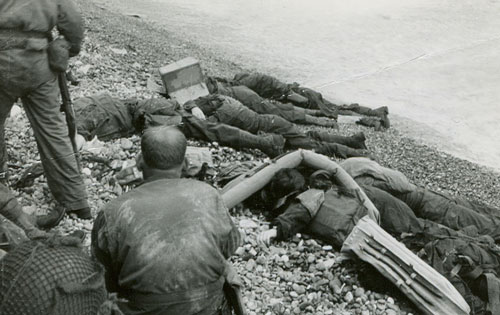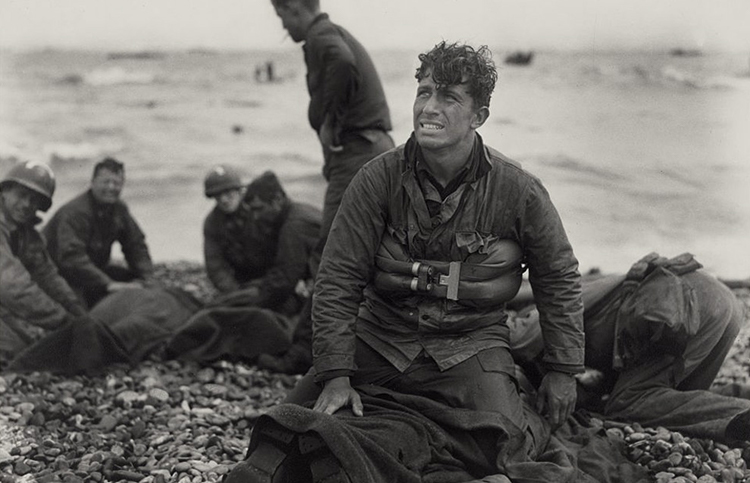



In the summer of 1944, Woodson was a star. Louis, Mo., destroyed the majority of World War II documents there. And a fire in 1973 at the Army’s Personnel Records Center in St. Only a tiny percentage of records from World War II made it to the National Archives. This was the reason cited by the Army for denying Woodson the Medal of Honor back in 1997. A trail of records, and new evidence such as a first-hand witness, is needed to right historical wrongs, and Woodson’s files are missing. His courage deserves to be honored with the Medal of Honor,” Van Hollen said in a statement. “Corporal Woodson was a hero who saved dozens, if not hundreds, of lives on Omaha Beach. Chris Van Hollen Jr., has led the charge on Capitol Hill to persuade the Army to reconsider Woodson’s case. “This is a big enough award that the President can give it personally, as he has in the case of some white boys.” The writer, who was almost certainly Philleo Nash, an official in the Office of War Information, addressed his message to “Jonathan,” who was presumably Jonathan Daniels, his frequent correspondent and an aide to President Franklin D. “Here is a Negro from Philadelphia who has been recommended for a suitable award,” the unsigned note says. An Army news release from August 1944 - rare for a black soldier - lauded Woodson for treating more than 200 men.Īnd, more significantly, a faded hand-written note tucked in a folder at the Truman Presidential Library in Independence, Mo., reveals that an American general in Britain believed Woodson deserved better than the Distinguished Service Cross for which he had been recommended. They’ve started an online petition to win Woodson the accolades that even some in the Army believed he deserved. Army, observed that “every man who set foot on Omaha Beach that day was a hero.” For many D-Day veterans who performed extraordinary acts of bravery on that very long day, Bradley’s homage would have to do.įor Woodson’s family, that is not enough. Omar Bradley, wartime commander of the First U.S. “I thought, ‘By God, if anybody deserves a medal that man does,’” Ford would later recall. On Omaha Beach, the Hollywood director John Ford, who came ashore with a Coast Guard camera crew, watched from a point of safety as a black soldier ferried supplies from a ship, seemingly oblivious to the punishing machine-gun fire that strafed the sand around him. Most of those soldiers were assigned to service and labor battalions, which were the jobs the Army disproportionately relegated to black soldiers. Get your history fix in one place: sign up for the weekly TIME History newsletter In fact, by nightfall on D-Day, nearly 2,000 African-American troops had landed on Omaha and Utah Beaches. The majority of books and all of the movies about D-Day omit them, although Saving Private Ryan shows their balloons. “There were no black soldiers on D-Day,” I was told, repeatedly, as I was researching my book about the 320th. The 320th was all but written out of the story of D-Day. A cable strike also triggered a small bomb attached to just under the balloon that packed a potentially lethal punch for a hapless plane ensnared in the trap. The steel cable that anchored the balloons to the ground served as a terrifying obstacle for German dive-bombers. Their strange mission was to raise a curtain of hydrogen-filled balloons high over Omaha and Utah Beaches. Woodson was part of the 320th Barrage Balloon Battalion, the only African-American combat unit to participate in the D-Day landings. “I will fight for him as long as I live,” Woodson said from her home in Clarksburg, outside Washington, D.C.

Waverly Woodson died in 2005 but his widow, Joann Woodson, who turned 90 on May 26, has made it her mission to see that her husband’s heroism is acknowledged.


 0 kommentar(er)
0 kommentar(er)
